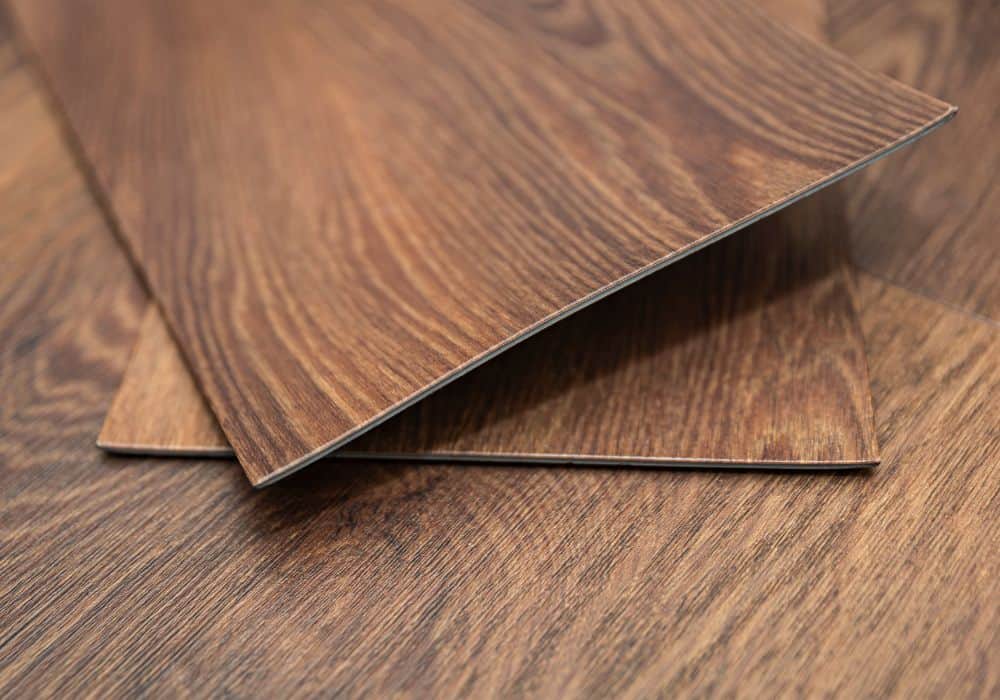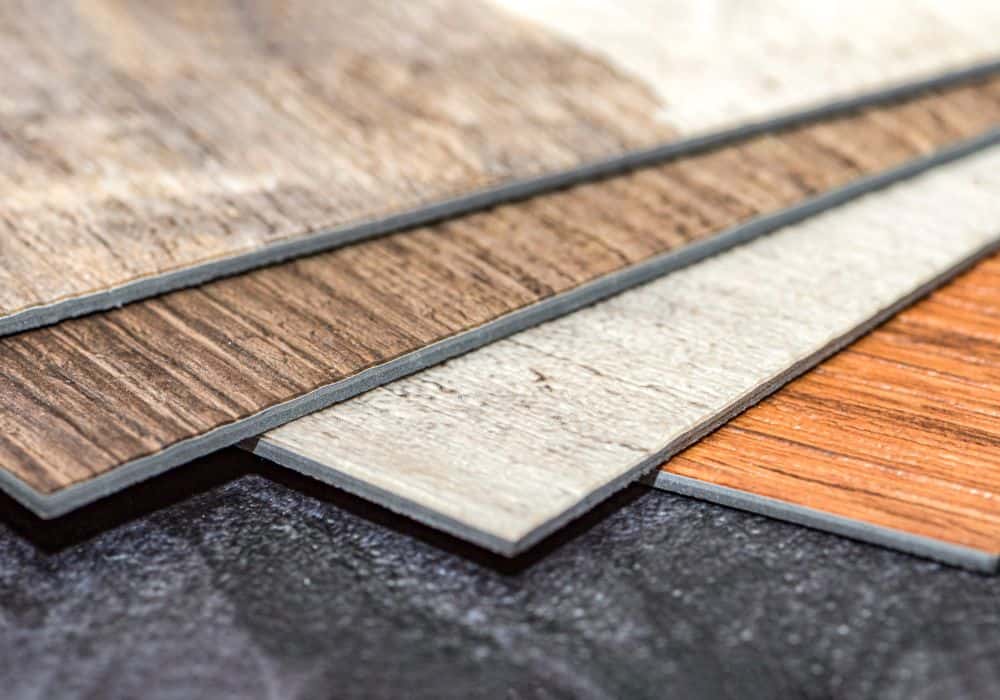As a homeowner, finishing your basement can be a great way to add value to your home and create additional living space for your family. One of the most important decisions you will make when finishing your basement is what type of flooring to install. Vinyl flooring is a great option for basements because it is durable, waterproof, and easy to install. In this article, I will provide a step-by-step guide on how to transform your basement with vinyl flooring.
Table of Contents
- Introduction to Vinyl Flooring for Basements
- Benefits of Vinyl Flooring for Basements
- Preparing Your Basement for Vinyl Flooring Installation
- Measuring Your Basement for Vinyl Flooring
- Choosing the Right Type of Vinyl Flooring for Your Basement
- Tools and Materials Needed for Installation
- How to Install Vinyl Flooring in Your Basement: Step-by-Step Guide
- Tips for a Successful Vinyl Flooring Installation in Your Basement
- Maintenance and Care for Your Vinyl Flooring in the Basement
- Conclusion
Introduction to Vinyl Flooring for Basements
Vinyl flooring is a type of resilient flooring that is made from synthetic materials such as PVC or vinyl. It is a popular flooring option for basements because it is resistant to moisture and can withstand heavy foot traffic. Vinyl flooring comes in a variety of styles and colors, so you can choose the perfect look for your basement.
One of the benefits of vinyl flooring is that it is easy to install. You can install vinyl flooring over almost any surface, including concrete, wood, or tile. Additionally, vinyl flooring is easy to clean and maintain, making it a great option for families with children or pets.
Benefits of Vinyl Flooring for Basements
Vinyl flooring is a popular choice for basements because it is resistant to moisture. Basements are often damp and prone to flooding, Alya Koe from Muggyropes suggests installing a waterproof flooring. Vinyl flooring is also durable and can withstand heavy foot traffic, making it a great option for families with children or pets.
Another benefit of vinyl flooring is that it is easy to maintain. Vinyl flooring is resistant to stains and spills, so you can easily clean up any messes with a damp mop or cloth. Additionally, vinyl flooring is scratch-resistant, so it is less likely to show wear and tear over time.
Preparing Your Basement for Vinyl Flooring Installation
Before installing vinyl flooring in your basement, you need to prepare the space. The first step is to clean the basement thoroughly. Remove any debris or dirt from the floor and walls. If there are any cracks or holes in the concrete, fill them with a concrete patching compound.
Next, you need to test the moisture levels in the basement. Vinyl flooring requires a dry surface, so it is important to ensure that your basement is not too damp. You can test the moisture levels using a moisture meter, which can be purchased at any hardware store. If the moisture levels are too high, you may need to install a dehumidifier to remove excess moisture from the air.
Measuring Your Basement for Vinyl Flooring
Once you have prepared the basement for vinyl flooring installation, you need to measure the space. This will help you determine how much vinyl flooring you need to purchase. Measure the length and width of the room and multiply these two numbers together to calculate the square footage.
It is important to purchase a little extra vinyl flooring to account for any mistakes or waste. Most flooring manufacturers recommend purchasing an additional 10% to 15% of flooring to ensure that you have enough.
Choosing the Right Type of Vinyl Flooring for Your Basement
There are two main types of vinyl flooring: sheet vinyl and vinyl tiles. Sheet vinyl is a large roll of vinyl that is cut to fit the size of your basement. Vinyl tiles, on the other hand, are individual tiles that are installed one at a time.
Both types of vinyl flooring are waterproof and durable, but vinyl tiles are easier to install and replace if necessary. Additionally, vinyl tiles come in a variety of sizes and styles, so you can create a unique look for your basement.
Tools and Materials Needed for Installation
Before installing vinyl flooring in your basement, you will need a few tools and materials. These include:
- Vinyl flooring
- Measuring tape
- Utility knife
- Straight edge
- Adhesive
- Trowel
- Roller
- Floor leveler (if necessary)
- Notched trowel (if necessary)
How to Install Vinyl Flooring in Your Basement: Step-by-Step Guide
- Clean the basement floor thoroughly and allow it to dry completely.
- If the floor is not level, use a floor leveler to create a smooth surface.
- Measure the length and width of the room and purchase the appropriate amount of vinyl flooring.
- Cut the vinyl flooring to fit the size of the room using a straight edge and utility knife.
- Apply adhesive to the floor using a trowel.
- Lay the vinyl flooring onto the adhesive, starting at one end of the room and working your way across.
- Use a roller to smooth out any air bubbles or wrinkles in the vinyl flooring.
- Repeat the process until the entire room is covered in vinyl flooring.
- Allow the adhesive to dry completely before walking on the new flooring.
Tips for a Successful Vinyl Flooring Installation in Your Basement
- Make sure the basement is clean and dry before starting the installation process.
- Use a floor leveler to create a smooth surface if necessary.
- Purchase a little extra vinyl flooring to account for any mistakes or waste.
- Follow the manufacturer’s instructions for installing the vinyl flooring.
- Use a notched trowel to spread the adhesive evenly.
- Roll the vinyl flooring with a roller to ensure that it is flat and smooth.
- Allow the adhesive to dry completely before walking on the new flooring.
Maintenance and Care for Your Vinyl Flooring in the Basement
Vinyl flooring is easy to maintain and care for. Here are a few tips to keep your vinyl flooring looking like new:
- Sweep or vacuum the floor regularly to remove dirt and debris.
- Mop the floor with a damp mop and mild detergent as needed.
- Avoid using abrasive cleaners or harsh chemicals on the vinyl flooring.
- Wipe up spills and stains immediately to prevent them from setting into the vinyl flooring.
- Use furniture pads to prevent scratches and dents.
Conclusion
Vinyl flooring is a great option for basements because it is durable, waterproof, and easy to install. With the right tools and materials, you can transform your basement into a beautiful and functional space. Follow these step-by-step instructions to install vinyl flooring in your basement and enjoy the benefits of a new and improved living space.

